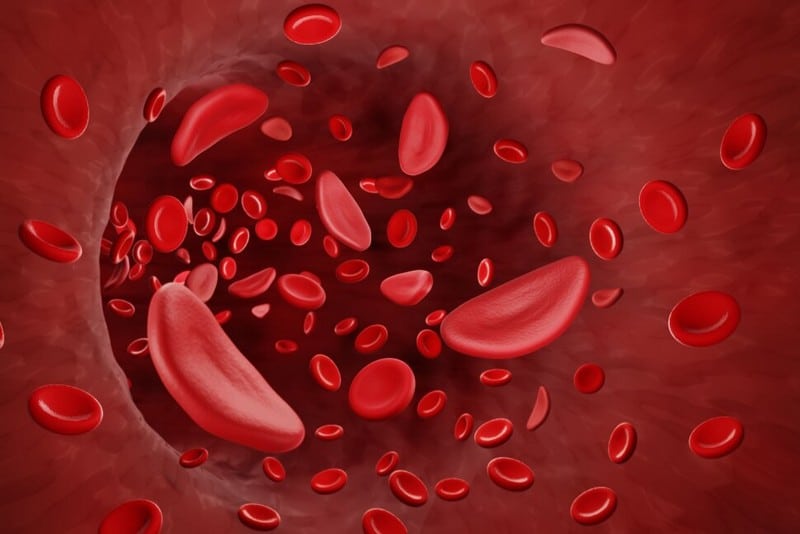Sickle Cell Disease (Anemia)

Sickle Cell Disease (SCD) is a blood disorder that prevents red blood cells from properly carrying oxygen throughout the body. Sickled cells can be called “sick red blood cells” that don’t live long in the bloodstream. A person having sickled cells results in unhealthy RBCs (red blood cell) production and may develop into anemia; hence, the name.
Some of the results of SCD include some of the following orthopedic complications: vaso-occlusive bone pain (sickled RBCs obstructing microcirculation in the bones); osteonecrosis (death of bone tissues due to disruption of blood flow in the bones); osteopenia (bone mineral density deterioration); osteomyelitis (bone inflammation); and septic arthritis. In addition, the painful swelling of the hands and feet is a superficial manifestation of SCD.
Sickle cell anemia can also result in chronic bone pain and may cause bone and joint damage. This can trigger compensatory hyperplasia in the bone marrow, weakening skeletal tissues by dilating medullary cavities and thinning cortices.










